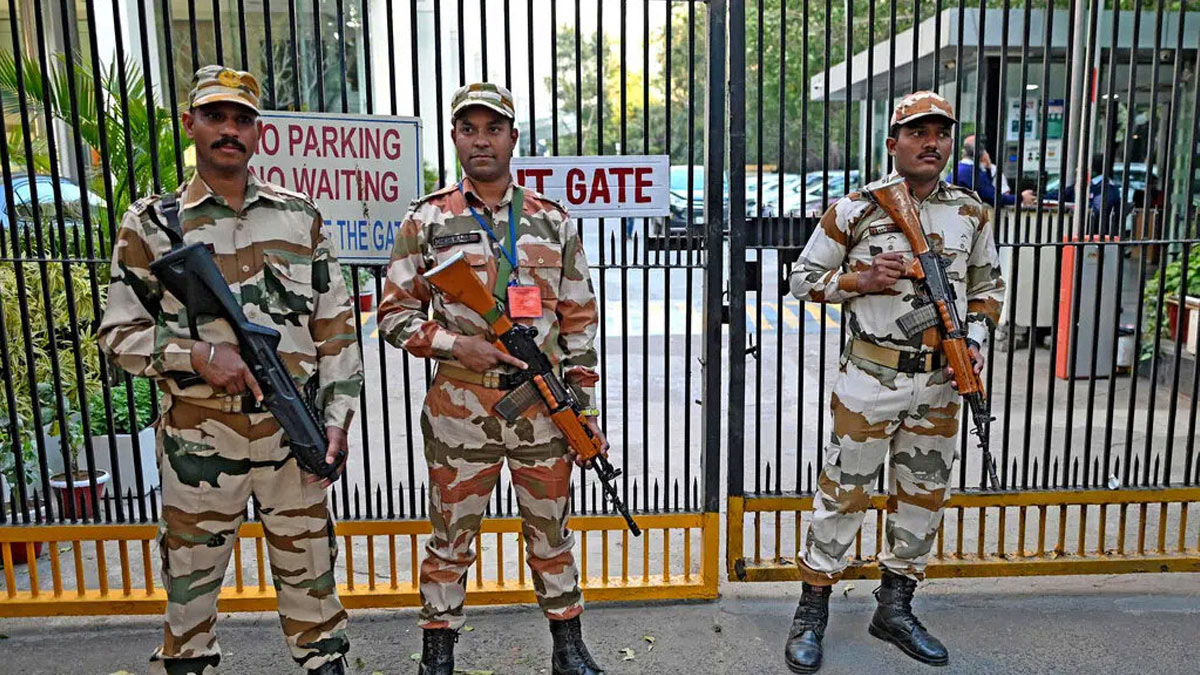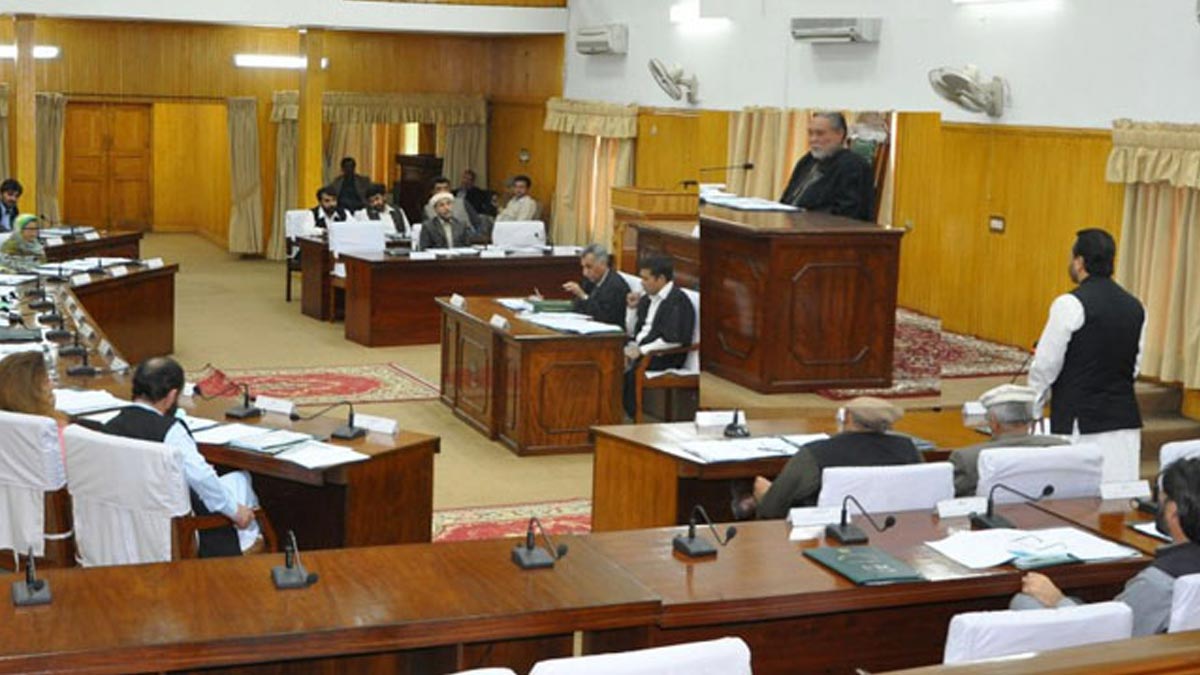
- October 2, 2022
- @admin
- 0
- 2nd October 2022
- Ershad Mahmud
India-Pakistan talks on Siachen glacier can serve as a start for a broader process of normalisation of relations between the two countries.
The way recent floods submerged a large part of Pakistan, leaving over 30 million people homeless, shows that natural calamities like floods, earthquakes and heat waves recognise no borders. In the recent past; Afghanistan, India, Pakistan, Nepal and Bangladesh have witnessed massive disasters, i.e, earthquakes, floods, and droughts. Scientific research shows that the entire region is at high risk for more disasters in the days to come. Thus, it is high time to consider developing a regional framework to tackle natural disasters.
South Asia is blessed with nearly 15,000 glaciers. Pakistan alone has 7,253 documented glaciers, despite being located in a non-polar region. Siachen glacier is one of the largest outside the polar region. It has a length of 47 miles and is located on the Line of Control between India and Pakistan. However, the glacier is melting on account of global warming and persistent man-made interventions are causing the temperature to increase.
Currently, around 5,000 troops from both India and Pakistan are stationed on Siachen glacier at heights ranging up to 22,000 feet above sea level. Approximately 3,000 soldiers from both countries always remain on the glacier. It is reported that nearly 2,700 soldiers from both countries have lost their lives since India occupied Siachen in April 1984. According to some estimates, 97 percent of the casualties on Siachen have been due to freezing temperatures, troops falling down into crevices or being swept away by avalanches, rather than combat.
In 2012, 140 soldiers of the Pakistan Army were buried alive under tonnes of snow and rock in a single incident. The Indian military has likewise faced avoidable losses. It is reported that during the 36 years of conflict India has lost nearly 1,000 soldiers owing to the avalanches.
Heavy weapons like howitzers, rocket launchers, artillery and even short-range missiles have been in use over the last 38 years. In addition, air-dropping supplies by big helicopters is a regular activity. There is no road connectivity on either side to the top of the glaciers. So, the soldiers have to climb up to the posts.
Leesa Ko of the Columbia School of Climate writes that around 2,000 pounds of human waste is dumped into the glacier crevices each day, along with heavy artillery containing toxic metals like lead. The waste has serious water pollution consequences for downstream human communities and has impacted the landscape for vulnerable species, including the endangered snow leopard and the Himalayan ibex.
Keeping aside political differences, India and Pakistan have to show resolve to cooperate in the sphere of climate change to protect water resources and the environment in the interest of nearly two billion citizens of South Asia.
Almost all climate change experts suggest that a continued military presence at Siachen will significantly reduce its life span. In recent years, Gilgit-Baltistan and Azad Jammu and Kashmir have witnessed adverse impacts of climate change. Several new lakes have been formed due to the fast melting of the glaciers. These lakes can cause massive floods in case of a cloud burst.
Hence, it is strongly suggested by scientists that human activity at the Siachen glacier should be minimised. However, keeping in view the prevailing diplomatic standoff, one can’t hope for any breakthrough between the two neighbours in the near future. Keeping aside political differences, India and Pakistan have to show resolve to cooperate in the sphere of climate change, to protect water resources and the environment in the interest of nearly two billion citizens of South Asia. Both countries can set up a committee responsible for monitoring the fast degradation of the environment and its cross-border impact. There is a famous saying that adversity can be turned into an opportunity.
Currently, the relations between India and Pakistan are at their lowest ebb following a dramatic decline in August 2019 when India unilaterally revoked the special status of Indian-Held Jammu and Kashmir and divided the nearly two-centuries-old state into two separate Union territories. By way of retaliation, Pakistan downgraded its diplomatic relations with India and cut off trade ties.
The Siachen issue has not been flagged up in the recent past. No official talks have been held since June 2012 to resolve this problem. Despite this, Siachen is considered a “low-hanging fruit” for a quick resolution. Keeping in view the growing climate change and looming disaster threat, India and Pakistan should resume talks aimed at the demilitarisation of the Siachen glacier. This can serve as an entry point for a broader process of normalisation of relations between the two countries.
Several proposals have been under discussion in this context. In 1998, a broad understanding between the two countries was about to be announced, but the Indian Army scuttled the deal. Pakistan wants India to withdraw its troops, according to the pre-Simla agreement 1972 positions. However, India wants Pakistan to “authenticate” ground positions before signing an agreement. Thus, despite holding 13 rounds of talks at the defence secretary level, India and Pakistan have failed to make headway on the demilitarisation of Siachen. None of the two nations has been willing to show greater flexibility in their traditional stance.
Former prime minister Manmohan Singh once wished to convert the world’s highest battlefield, Siachen, into a “peace mountain”. UNESCO can help make Siachen a World Heritage Site. A mechanism of aerial monitoring and scrutiny can also be established so that both countries remain true to the letter and spirit of the agreement.
The growing threat requires urgent action. It is time to initiate a conversation about the resolution of the soft issues, particularly Siachen so that the present logjam between India and Pakistan can be unfrozen.
Media Links:
TNS | Click Here

Ershad Mahmud
The writer is a freelance contributor. He can be reached at:













































